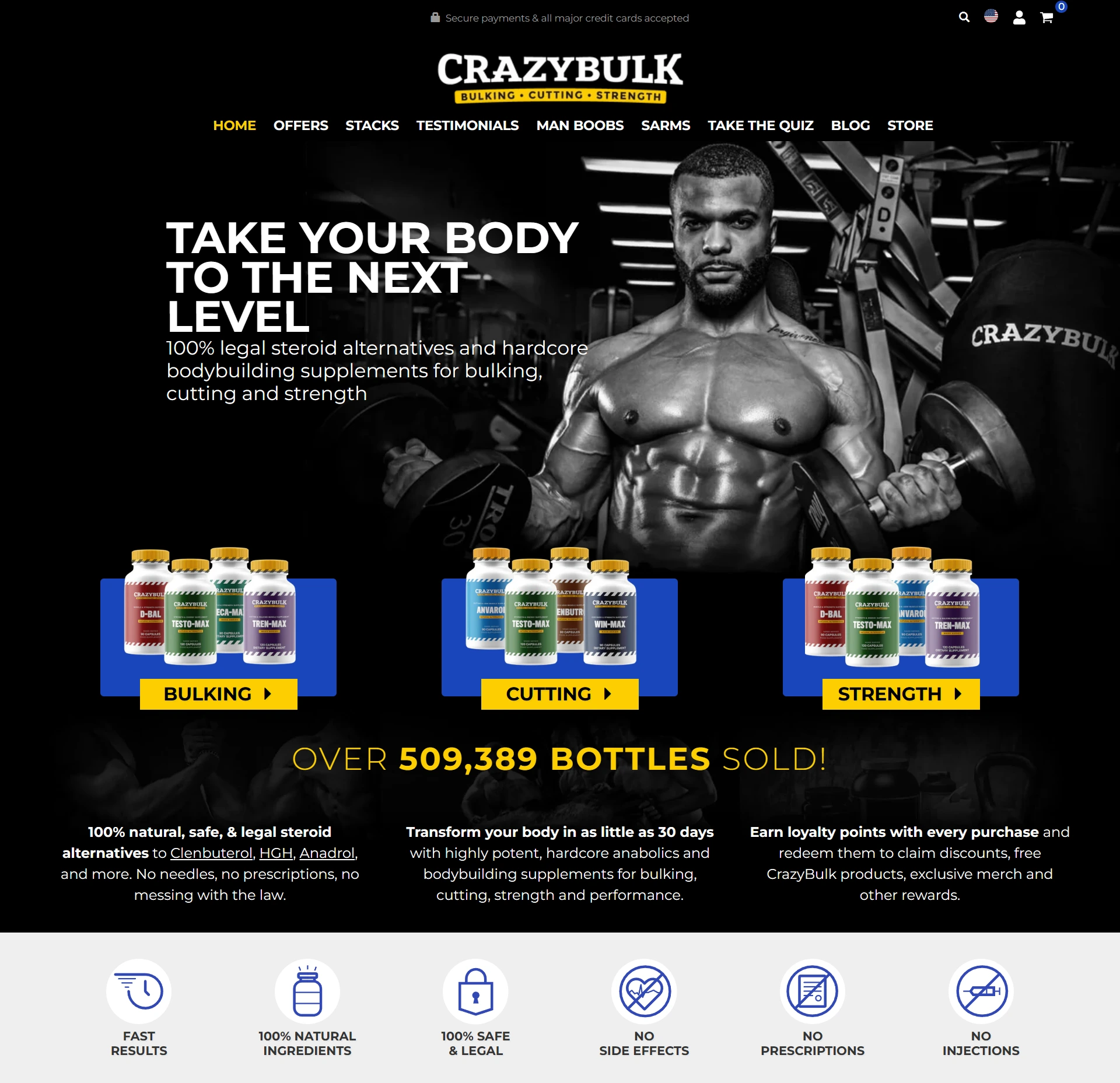
Now Dr. Reina-Campos is investigating how specialized "tissue-resident memory CD8+ T cells" fight prostate cancer. By tracking this immune-cell activity, Dr. Reina-Campos can help guide the development of new immunotherapies for prostate cancer, a disease that kills around 35,700 men each year. Such cultures come about in response to the pressures of particular times and places in our evolutionary history – which means we can and should modify them when circumstances require, as we’ve always done. On the developmental systems view, changing the environment (something at which humans obviously excel) can you have pcos with normal testosterone - https://aktua-prod.fr, change the expression of masculine and feminine behaviour, without the need for millennia of slow genetic change.
It also plays a role in maintaining the health of the testes and prostate gland. Low levels of Testosterone can lead to infertility, decreased libido, and erectile dysfunction. Testosterone deficiency is a medical condition that occurs when the body does not produce enough testosterone to fulfill the needs of the androgen receptors. Another aspect of low testosterone occurs when testosterone bound to sex hormone-binding globulin (SHBG) cannot break free of the bind to enter the androgen receptors. In that scenario, a person could have normal total testosterone but low free testosterone levels. For example, the hormone stimulates the body to make new red blood cells. Testosterone can also affect a man’s bone density, fat distribution, and muscle strength.
A man’s testosterone levels will typically peak somewhere between age 20 and 30. After this time, they will gradually decrease for the rest of his life. Testosterone levels are estimated to decrease by 1 percent annually after age 30 to 40.
This hormonal disparity plays a key role in the distinct physiological characteristics observed between the sexes, particularly in terms of muscle mass, strength, and metabolic functions46. Adequate testosterone levels are essential for optimizing physical performance and muscle strength, regardless of sex12. Testosterone is pivotal in protein synthesis, facilitating muscle growth and repair processes.
Typically lasting approximately 28 days, although varying among individuals, the menstrual cycle can be broadly divided into the follicular, ovulation, and luteal phases1. During the follicular phase, which spans approximately the first 14 days of the cycle, follicle-stimulating hormone (FSH) prompts ovarian follicles to mature, leading to the release of estrogen2. Estrogen promotes thickening of the uterine lining in preparation for potential implantation3. Ovulation marks the midpoint of the cycle and is characterized by the release of a mature egg from the ovary triggered by a surge in luteinizing hormone (LH).
High testosterone levels may also occur in less serious conditions. For example, congenital adrenal hyperplasia, which can affect males and females, is a rare but natural cause for elevated testosterone production. In males aged 19 to 39 years, the harmonized normal range of total testosterone is 264 to 916 ng/dL47, with age-specific median levels ranging from 409 to 478 ng/dL in those aged 20 to 44 years48. In contrast, premenopausal women typically exhibit total testosterone levels ranging from 15 to 46 ng/dL49.
Headquartered in Pittsburgh, UPMC is a world-renowned health care provider and insurer. We operate 40 hospitals and 800 doctors’ offices and outpatient centers, with locations throughout Pennsylvania, Maryland, New York, West Virginia, and internationally. We employ 4,900 physicians, and we are leaders in clinical care, groundbreaking research, and treatment breakthroughs. News & World Report consistently ranks UPMC Presbyterian Shadyside as one of the nation’s best hospitals in many specialties. You should have regular checkups with your doctor while undergoing TRT. Ovary or adrenal gland tumors and polycystic ovarian syndrome are potential causes. Early puberty can be caused by tumors and a condition known as congenital adrenal hyperplasia.
Hormonal balance, including optimal testosterone levels, is pivotal in preserving overall health and well-being across various physiological systems. Testosterone, predominantly recognized as a male sex hormone, is also present in females, albeit in smaller quantities, exerting multifaceted effects on both genders6. In males, testosterone is integral to the development of secondary sexual characteristics, such as facial hair growth and deepening of the voice, as well as supporting reproductive function. Moreover, testosterone influences mood regulation, cognitive function, and bone density, contributing to psychological and skeletal health7,8. In females, while estrogen and progesterone are primary sex hormones, testosterone contributes to libido, energy levels, and overall vitality9.
Another study of females transitioning into males found that testosterone increased bone mineral density. But it’s unknown if testosterone can help with reducing fracture risk. Strong bones help support your muscles and internal organs, which can boost athletic performance. Small studies in the early 2000s found that men with heart disease who underwent testosterone therapy saw only slight improvements. Another study found that hormone therapy only widened healthy arteries but had no effect on angina pain. Those with low testosterone may see benefits like improved mood and increased muscle mass after testosterone-based HRT.
No Data Found!
